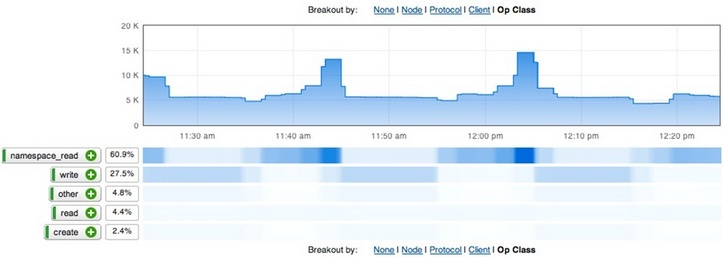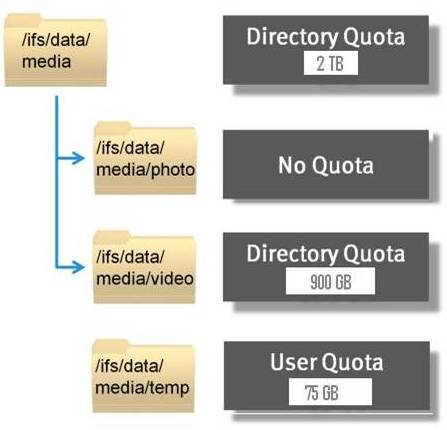EMC E20-555 - Isilon Solutions and Design Specialist Exam for Technology Architects
Which level of control does RBAC provide for cluster administration roles?
What is the smallest unit of data that Isilon OneFS will write to disk?
During a write process in OneFS 8.0, from which cache are blocks copied to disk?
Refer to the exhibit.

You are analyzing a customer's existing Isilon environment using InsightIQ in order to expand the cluster. When examining the protocol data, you see the output as shown.
What does the data tell you about the workload?
In Isilon OneFS, what is the snapshot limit of a directory?
A customer is considering moving their NAS data over to Isilon systems. They want to know what limitations Isilon has regarding snapshot on the directory level.
What explanation can be provided to the customer?
You have had several meetings with an existing EMC VMAX customer. They have agreed that they would like to review an initial Isilon Solution for unstructured data used by the Product Development Team. All production is managed through a Global Enterprise Resource Planning system based in Germany. They require 600TiB of usable capacity. The File System must be accessible from Windows and Linux High-End Workstations. The files are generally not accessed after 120 days, and they would like automated tiering.
Which questions about architectural integration will impact the solution design?
Refer to Exhibit below:

What is represented by the information shown in the exhibit?
Refer to the exhibit.

You are analyzing a customer’s existing Isilon environment using isi statistics in order to expand the cluster. When examining the protocol subcommand, you see the output as shown in the exhibit.
What does the data tell you about the workload?
You are reviewing an opportunity with a trusted advisor. You both discover gaps in the initial solution design.
Each iterative discussion with the customer helps you define the solution better. The documents produced capture the customer's requirements.
What else needs to occur to refine the sizing considerations?



